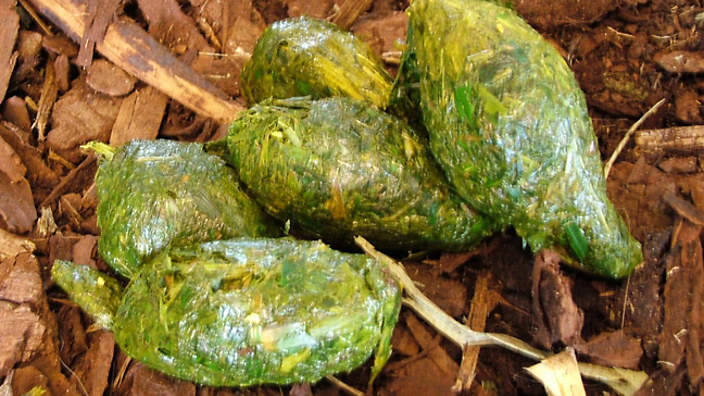PDXWildlife collects a lot of panda poop. We do this because feces, as poop is also called, can tell us a story about the panda it came from. When a panda does its business, it passes along what it previously ate as well as hormones that are indicative of what was going on over the past couple of days. A few examples of this are seen with two hormones- Cortisol and Testosterone. If a bear is stressed, it might show elevated levels of cortisol, and if a male panda is ready for mating, he will show elevated levels of testosterone.
A question that pops up from time to time is- Does panda poop stink? The simple answer is that most of the time it does not. What goes in is almost the same as what comes out… Bamboo. So, without any other dietary surprises, their poop smells like bamboo & dirt. However, panda bears are a special case. Their digestive tract is similar to that of most bears (mainly carnivore), but their diet is comprised almost entirely of bamboo (herbivore). So, while pandas have a carnivore digestive system they’re almost entirely herbivores, which doesn’t allow them to fully utilize bamboo. They solve this energy deficit by employing a constant feeding strategy to obtain sufficient calories for survival. This is why you see them eating all of the time in photos and videos (anywhere from 10-16 hours a day!).
It takes about 12 hours for food to move through their system, leaving little time to digest all those leaves and stems. More specifically, pandas consume between 20-40 lbs. every day. The end product is usually a fibrous, light to dark green, bulbous mass of partially digested bamboo. We collect several hundred pounds every year using ziplock style bags and immediately transfer it to a chest freezer until we can analyze them for hormones. We consider ourselves lucky to work with an animal whose poop doesn’t stink. I don’t know if I could stomach my job if I had to collect dog poop all the time.




